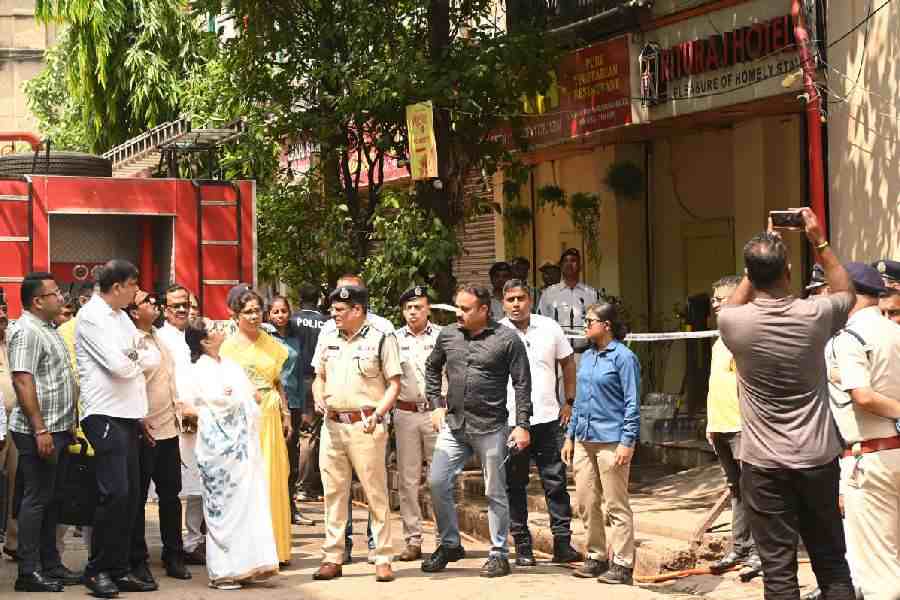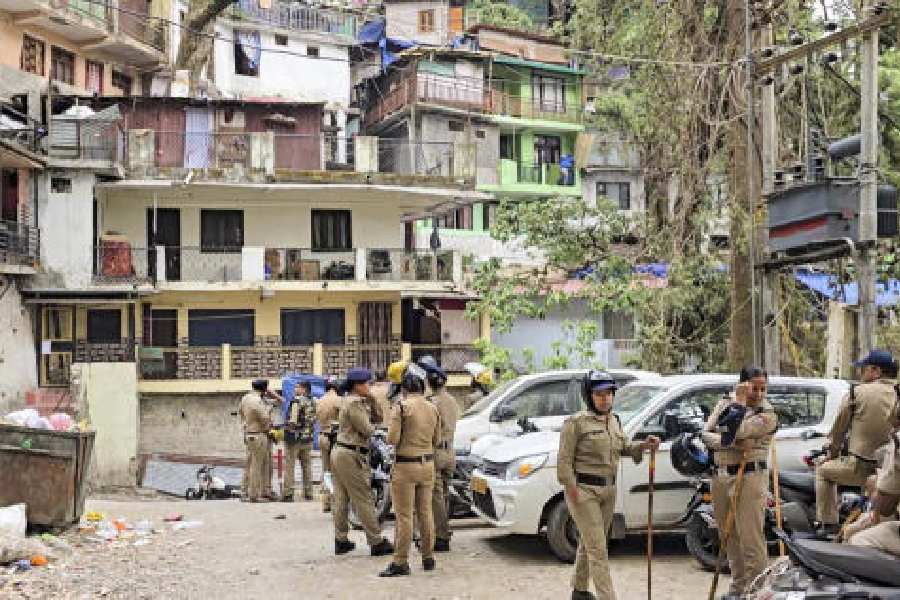New Delhi, Feb. 5 :
New Delhi, Feb. 5:
You can now hear the Raman Effect, quite literally. Years after the country's celebrated physicist sent ripples across the world with a phenomenon named after him, Bell Labs is poised to ring in a device that will work on the principle, and slash telephone bills by 60 per cent.
Developed by Bell Labs of Lucent Technologies, the device, called a Lambda router, is actually a special-purpose computer or software package which keeps two or more networks connected.
The Lambda router is a high capacity, all-optical router capable of directing 10 times the traffic of today's internet in one second.
According to Arun N. Netravali, who is the president and chief technology officer of Bell Laboratories besides being its chief network architect, Raman amplifier will provide distributed broadband amplification, a process which will ensure a key role in low-cost optical switching and transport. The amplifier uses intrinsic properties of silica fibres to amplify signals. The transmission cables can be used as a medium to enlarge signals and to prevent them from weakening in transit. Amplifiers that function on the basis of the principle are known as Distributed Raman Amplifier (DRA).
A simple illustration shows just what happens: Calls made from a telephone are first carried in the form of electric signals, which are transformed into light signals in the first stage, and into electric signals in the second. The process is repeated at every circuit, leading to a loss of voice quality. What the Lambda router does is to obviate the need for a change at circuits by using the same signal all through.
Presenting a white paper on the topic, Enabling India's bold telecommunications initiatives: A technologist's perspective', Netravali said service providers in the country should be ready to embrace next-generation technology. 'The design of the network should lend itself to quick upgradation. More important, operators should also realise the need for sharing common infrastructure,' he told the seminar.
He said it is important for the country to develop a high-capacity, multi-protocol, backbone network whose growth keeps pace with the expansion in traffic and coverage. The installation of optical switching, wavelength division multiplexed transport and mesh architecture will keep the backbone network from being made obsolete by advances in technology.
Researchers at Bell Labs recently demonstrated the world's first long-distance, error-free transmission of a trillion bits (terabit) of traffic per second over a single strand of fibre. A layman's idea of terabit per second - the size of bandwidth enough to beam 5,00,000 movies simultaneously.
Netravali came out in favour of the decision to allow limited mobility to basic operators who use wireless in local loop based on the code division multiple access (CDMA) technology.
'CDMA WiLL, the chosen technology for high-data rate 3G wireless systems, is an appropriate technology to bridge the digital divide between the urban and rural areas,' Netravali said in his white paper presented to government today.
Second research hub
Bell Labs will set up its second research centre in Hyderabad. The company already has a R&D centre in Bangalore.
 Friday, 02 May 2025
Friday, 02 May 2025









